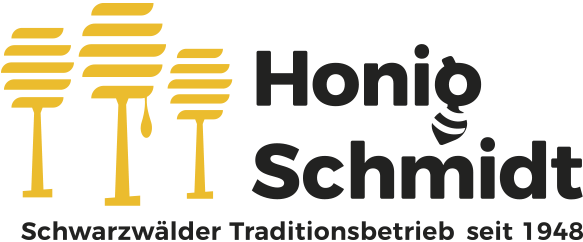Propolis is a brown-yellow, resin-like substance that emits an aromatic smell. Chemically, about 55% of the bee glue is made up of resins and pollen balm, about 30% of waxes and about 10% of essential oils. In addition, there is a pollen content of around 5%. Especially the waxes and the etheric oils ensure that the raw propolis dissolves only to a limited extent in water and alcohol. Alcohol is still used for purification, because when the mass comes directly from the hive, it usually still contains insect parts, pieces of wood and other impurities.
The ingredients of the resins and the pollen balm determine the activeness of the propolis, the potent mixture of the hive contains, among other things, flavonoids, phenols, rubber and polysacharides. Humans use some of these substances in medicines, the bees don't care, they use the properties of propolis for their own purposes. The insects are mainly concerned with protecting themselves and their brood from pathogens, so they glue the cracks and joints of their dwelling with self-made propolis.
For bees, another property of propolis is important, and that is their variable consistency. In the saliva mixture of the bees, the putty is almost liquid, which is why it still squeezes into the smallest gap in the fresh state. After a short time, however, the bee glue hardens – and seals off the stick of this kind bomb-proof.


